Social Anxiety vs. Anxiety: What’s the Difference?
Table of Contents
Anxiety can be difficult to notice, particularly when symptoms coincide. Worry and tension are experienced by everyone, but in others, the fear becomes panic. People might not know they have social anxiety Generalized anxiety disorder or GAD, which can significantly disrupt their day-to-day lives, but they are distinct.
At West Side Recovery, we explain anxiety to you, and how to deal with it. We make your path to better mental health easier with evidence-based therapy and an ear to listen. It might be anxiety that is controlling your whole life, or anxiety that is all about social interactions, either way, we can assist.
Let’s contrast and compare the disparity between social anxiety and everyday anxiety, and how individualized treatment from West Side Recovery can work wonders.
What Is Anxiety and How Does It Affect You?
Anxiety is a mental health disorder which is characterized by excessive fear, tension, and anxiety. A little anxiety is normal in life, but when anxiety becomes chronic, it can begin to impact everyday life. Anxiety can affect relationships, sleep, work and impact physical health.
One of the most common types of anxiety is generalized anxiety disorder (GAD). People with GAD tend to worry almost too much about a wide range of everyday problems. The worry can often be uncontrollable, persisting for months or years.
Common symptoms of GAD include feelings of fatigue, restlessness, inability to concentrate, irritability, and muscle tension. Many individuals also have problems sleeping due to their active thoughts about their worries. Anxiety is generally not tied to one specific situation, which is just one of the many differences between GAD and social anxiety (which is tied to fears of performance or interaction based activity). Understanding GAD and social anxiety and how they are different is one of the reasons why GAD vs social anxiety is a worthwhile comparison as it can help guide treatment.
GAD can impact people in many small but consistent ways. For example, an individual might feel generally anxious and on edge, worry a lot about regular matters, or think about the worst cases scenarios that leads to unnecessary distress. Over time, these small patterns contribute to eroding self-confidence and impede effective problem-solving capabilities. These patterns of anxiety contribute to an elevated level of stress hormones that can impact physical well-being. Understanding how GAD impacts a person allows us to more precisely target GAD- and develop targeted therapy and lifestyle iterations.
What Is Social Anxiety and How Is It Different?
Social anxiety, sometimes referred to as social phobia, is an intense fear of being judged or embarrassed in social situations. While someone with general anxiety might worry about multiple things, someone with social anxiety usually fears being negatively evaluated.
Common triggers include speaking in public, meeting new people, eating in front of others, or being the focus of attention. These fears can cause people to avoid social interactions, leading to isolation.
Social anxiety may cause physical symptoms like sweating, blushing, shaking, or a racing heart. Emotional symptoms include dread, self-consciousness, and worry about what others think. These reactions can appear even before a social event takes place.
In short, social anxiety is specific to social settings, while GAD covers a broader set of concerns. However, both can occur together. So if you’re asking, “Can you have anxiety and social anxiety at the same time?” the answer is yes.
At West Side Recovery, our team treats both conditions separately or together. We create mental health plans based on each person’s history and symptoms, which improves accuracy and helps prevent relapse.
Social anxiety can also affect educational and career choices. Individuals may avoid group projects, job interviews, or speaking engagements. They might avoid new experiences because they fear being noticed or criticized. This limiting behavior reduces opportunities for growth and enjoyment. At West Side Recovery, treatment helps individuals re-engage with their environment, find their voice, and experience daily life with less fear.
GAD vs. Social Anxiety: Key Differences and Overlaps
Knowing the difference between these conditions can help guide treatment. While both involve anxiety, their triggers, symptoms, and effects vary.
Triggers:
GAD: Worries about health, money, family, or work.
Social Anxiety: Fears about embarrassment, rejection, or being judged.
Timing:
GAD: Anxiety persists most days for six months or more.
Social Anxiety: Anxiety spikes before or during specific events.
Symptoms:
GAD: Fatigue, tension, sleep problems, and general restlessness.
Social Anxiety: Blushing, avoiding eye contact, nausea, or a shaky voice.
Despite differences, these disorders share some symptoms, like difficulty concentrating and constant worry. This overlap can be confusing when trying to self-diagnose.
That’s why professional assessment is essential. At West Side Recovery, we offer complete evaluations to determine whether someone has GAD, social anxiety, or both. With this clarity, we can begin targeted therapy that makes a difference.
We also explore the client’s environment and past events. Many people with GAD or social anxiety have a history of childhood adversity, bullying, or past trauma. A detailed intake helps therapists identify triggers and behavioral patterns. This gives therapy greater direction. Clients begin to see what’s happening now and what experiences shaped their responses.
Evidence-Based Treatment for Anxiety and Social Anxiety
Treatment begins with identifying the source of the anxiety. Once that’s clear, therapy can focus on helping individuals reshape thoughts and reactions.
Cognitive behavioral therapy (CBT) is one of the most successful methods for treating both GAD and social anxiety. CBT helps clients reframe negative thought patterns and develop healthier responses to stress.
Dialectical behavior therapy (DBT) is also beneficial. It combines mindfulness with strategies for managing distress, building emotional regulation, and improving interpersonal skills.
Exposure therapy is often used to help people with social anxiety. It involves gradually facing feared social situations with professional guidance. This reduces avoidance and builds confidence.
At West Side Recovery, we go beyond standard therapy. Clients can access supportive services like yoga, art, and mindfulness practices. These activities reduce stress and promote long-term emotional balance.
In cases where anxiety is severe, medication may also be introduced as part of a structured treatment plan. Our staff carefully monitors the use of any medications to promote stability and avoid dependency.
We also offer dual diagnosis care for individuals dealing with both anxiety and substance use. This integrated model allows our clinicians to address mental health and addiction issues together.
Our San Diego facility supports recovery through structured outpatient programs, such as the intensive outpatient program (IOP) and partial hospitalization program (PHP). These formats allow clients to receive care while managing daily responsibilities.
Each treatment plan is developed based on the individual’s mental health needs, history, and goals. We create space for people to rebuild trust in themselves and grow stronger emotionally.
West Side Recovery encourages group participation to strengthen social skills and build resilience. Sharing personal experiences in a group setting helps break down social anxiety. Clients begin to notice they’re not alone and develop empathy for others, which is healing.
Call West Side Recovery Today
Recognizing that something is wrong is the first step. If you’re dealing with ongoing worry, fear of social situations, or both, help is within reach.
At West Side Recovery, we meet people where they are. Whether you’re living with general anxiety, social anxiety, or a combination of both, we’ll help you move forward with structure and support.
Therapy at our facility not only addresses symptoms but also strengthens communication and emotional flexibility. We teach practical tools clients can use at home, work, or school. These tools help reduce panic, improve focus, and build confidence.
Don’t wait to get relief. Call our team today at 619-853-1670 and speak with someone who truly understands your situation. We’ll guide you through your options and help you start treatment in a safe and effective way.
FAQs
Yes. Many people experience both general and social anxiety. Each condition needs to be addressed in treatment.
No. While both involve anxiety, social anxiety is a specific fear of social situations, while GAD includes broader concerns.
Signs include fear of judgment, avoiding conversations, physical symptoms like shaking, and extreme nervousness in social settings.
CBT, DBT, exposure therapy, and mindfulness-based approaches are effective. In severe cases, medication may also help.
West Side Recovery offers personalized care for anxiety, including outpatient programs, therapy, and holistic support. Call 619-853-1670 to learn more.




